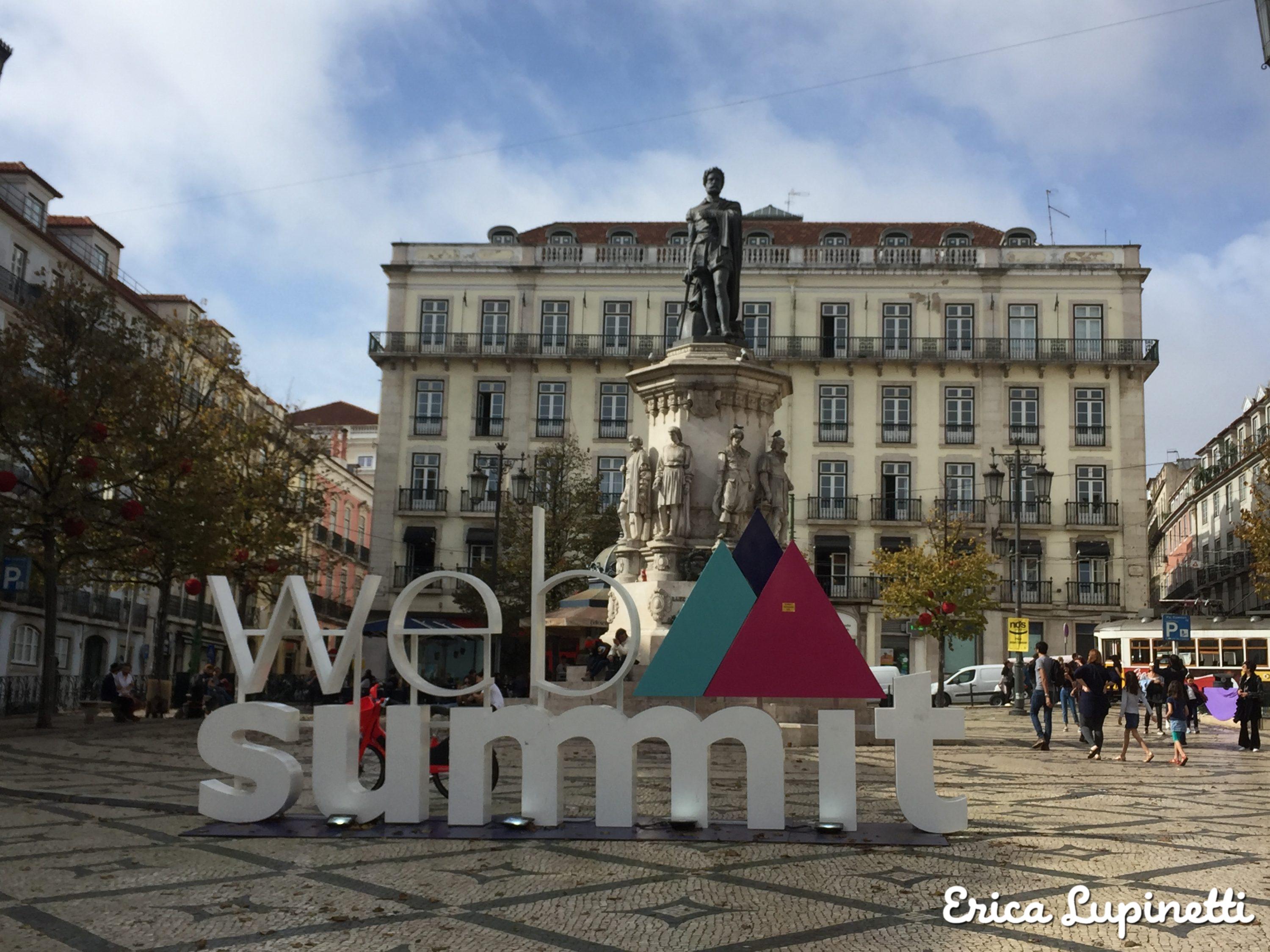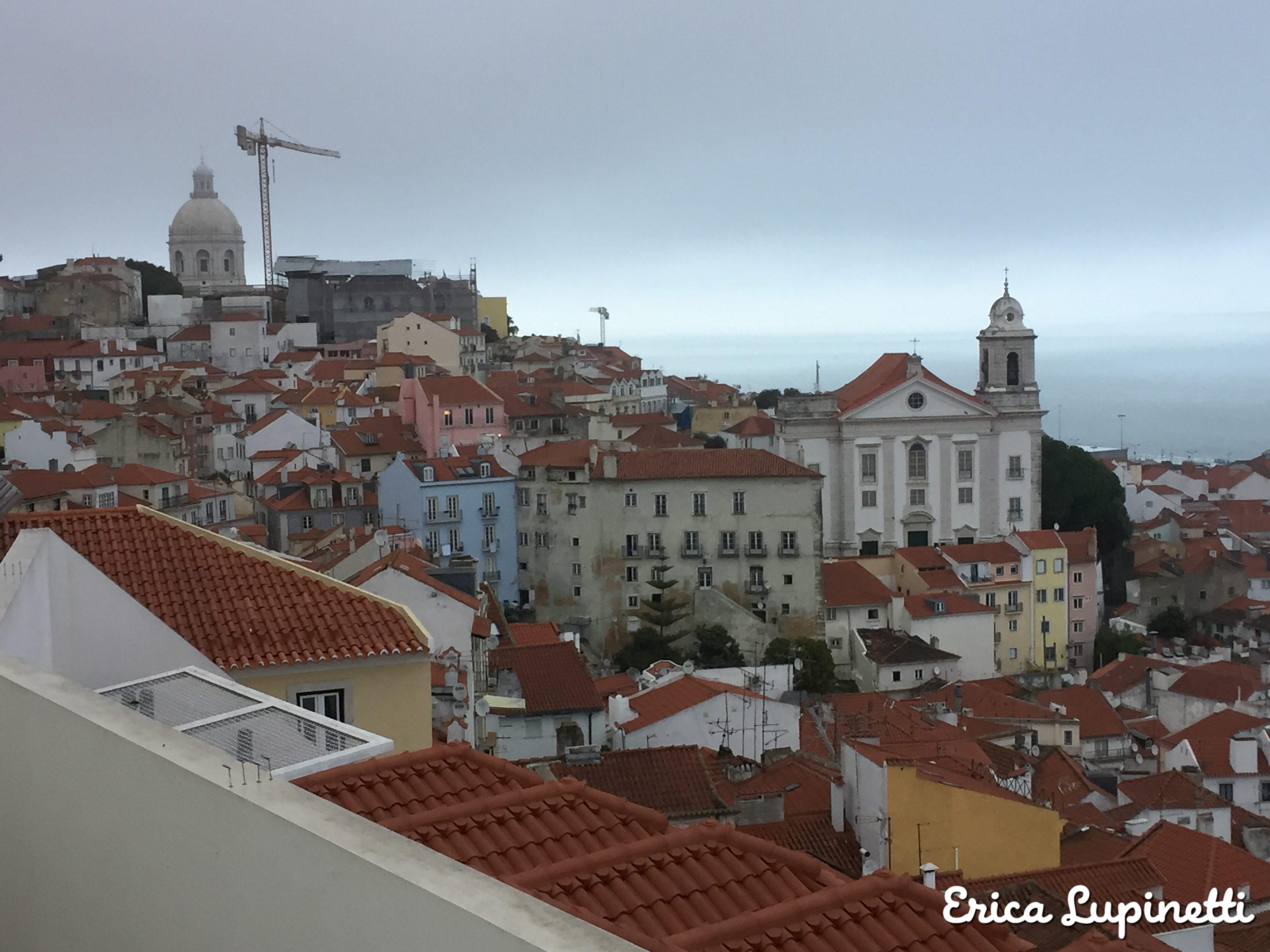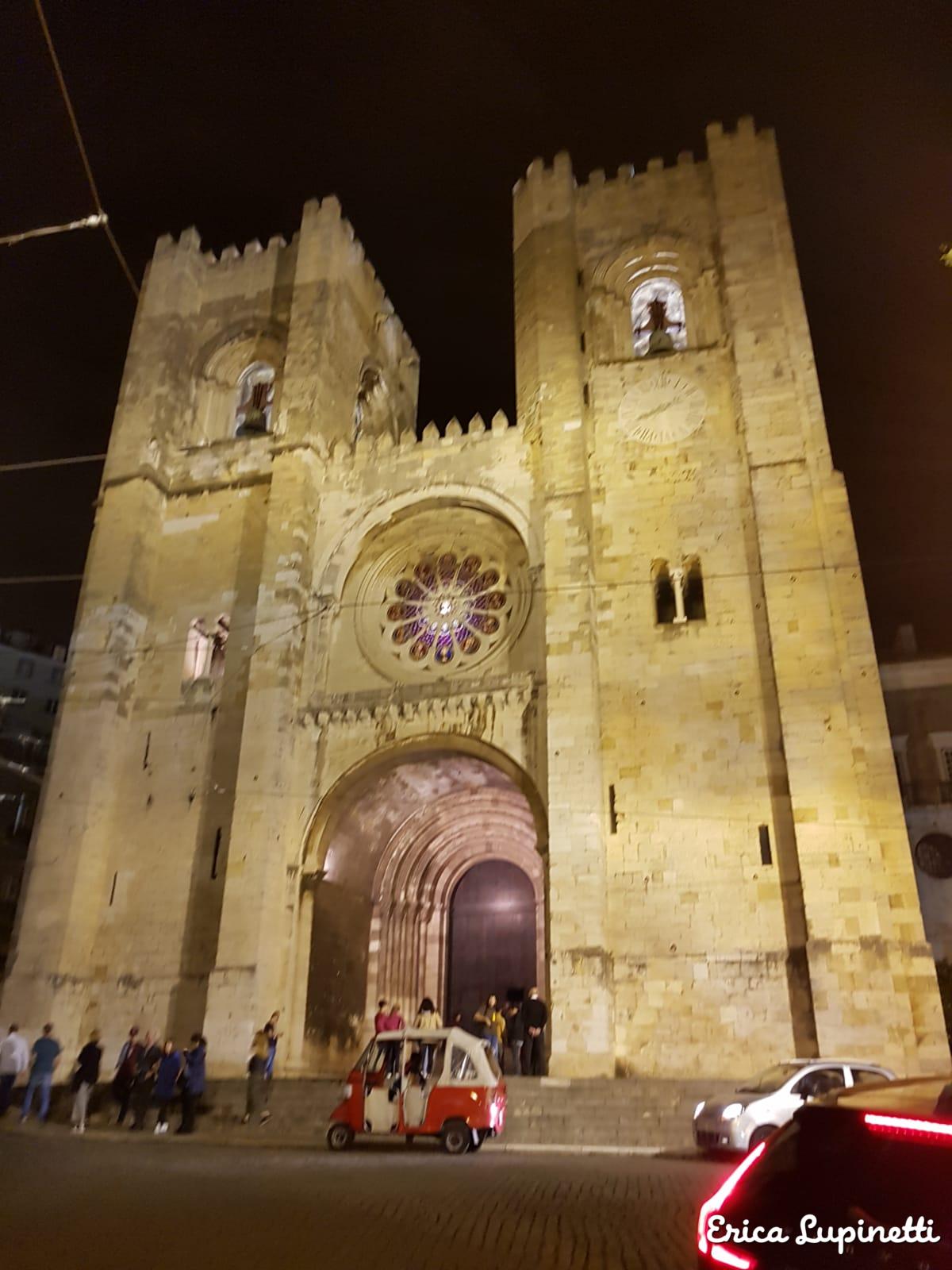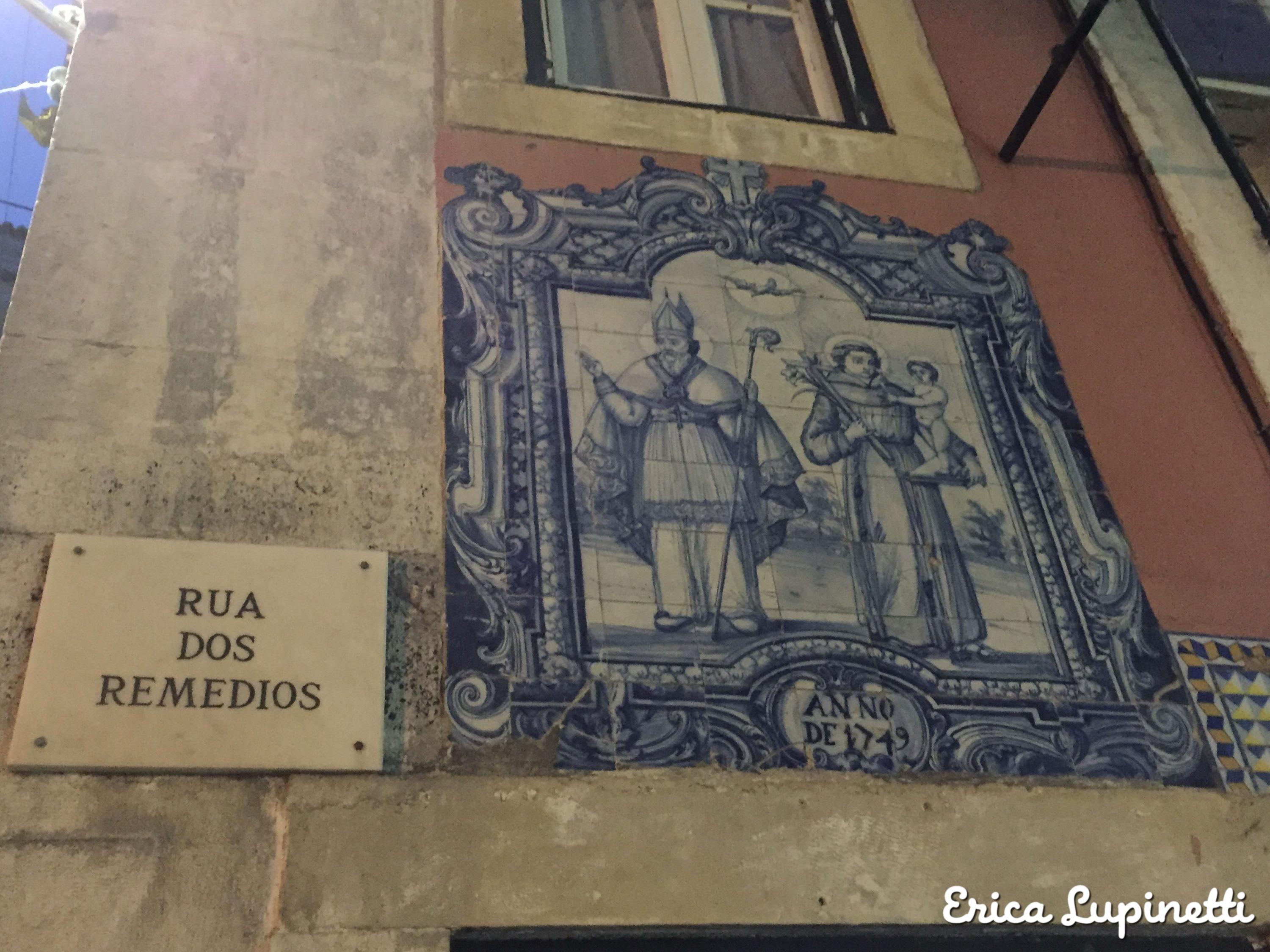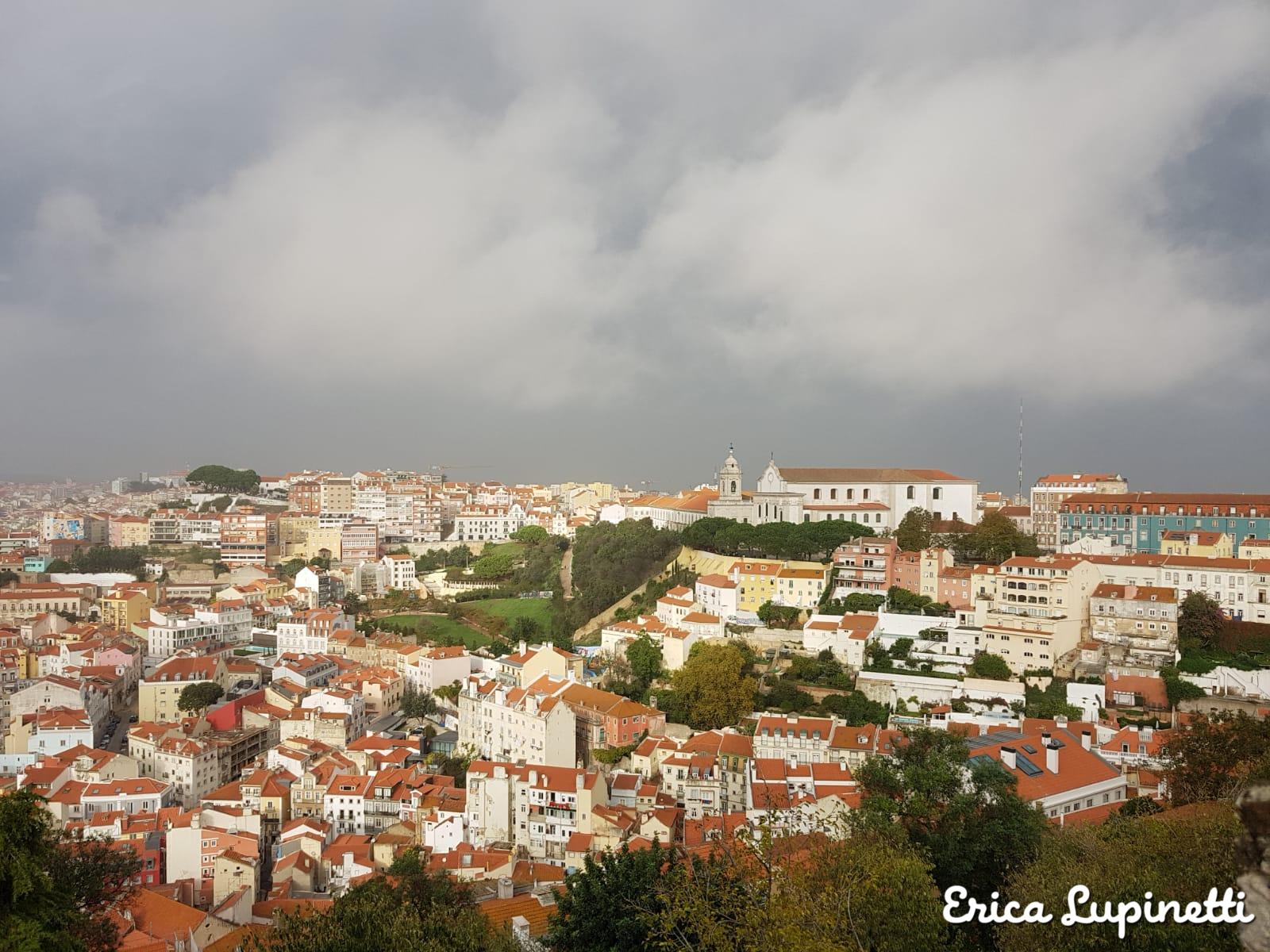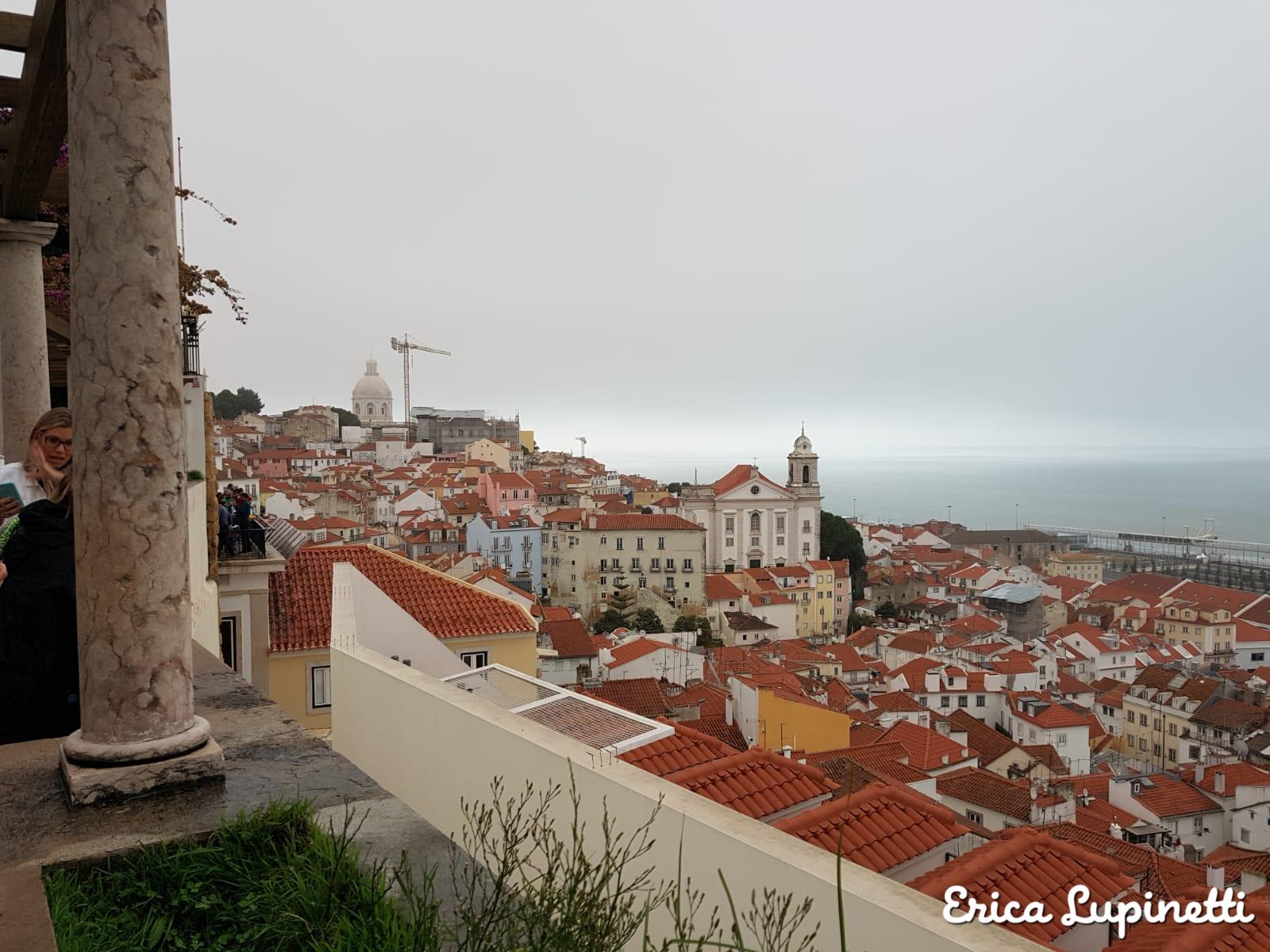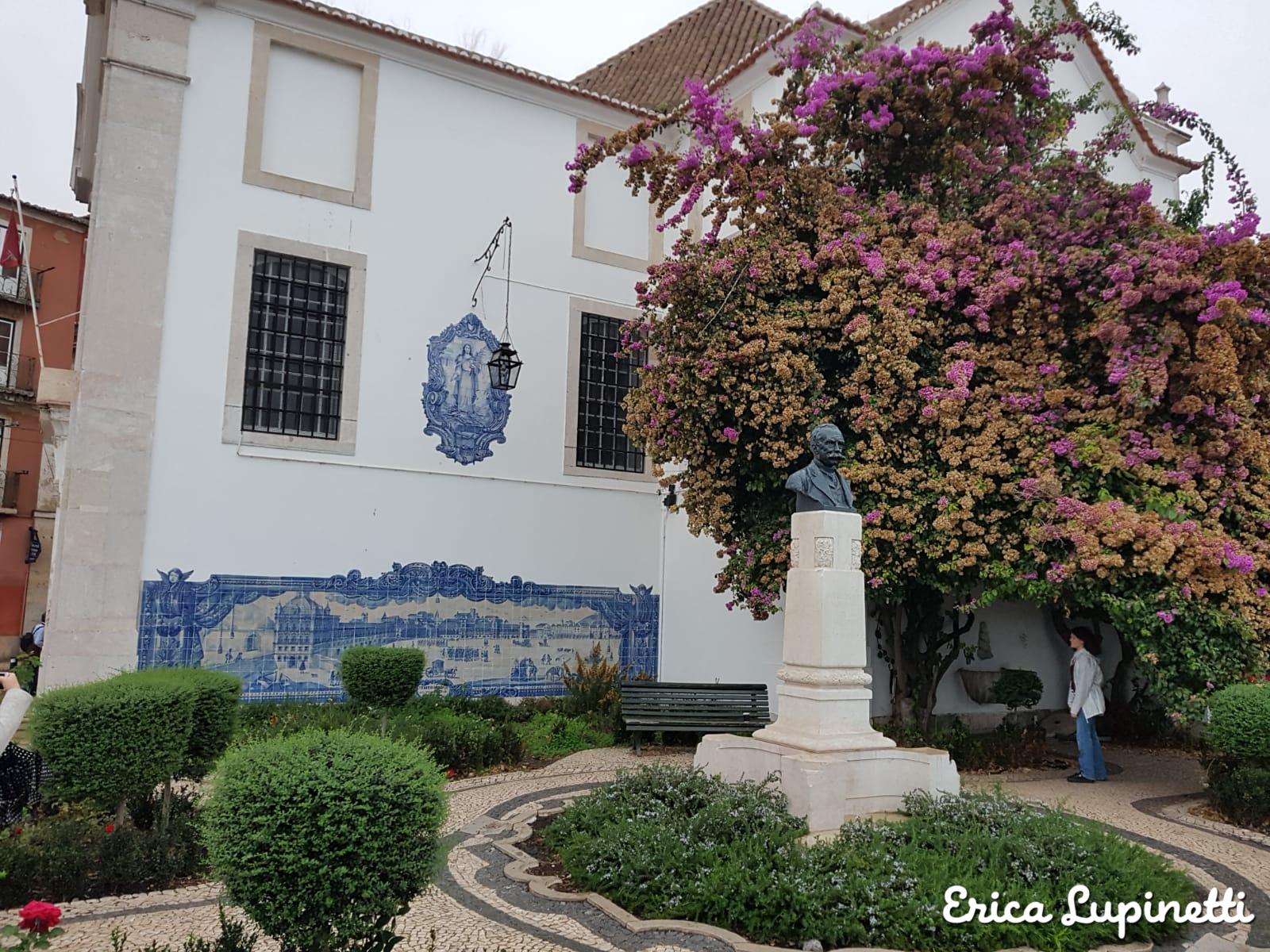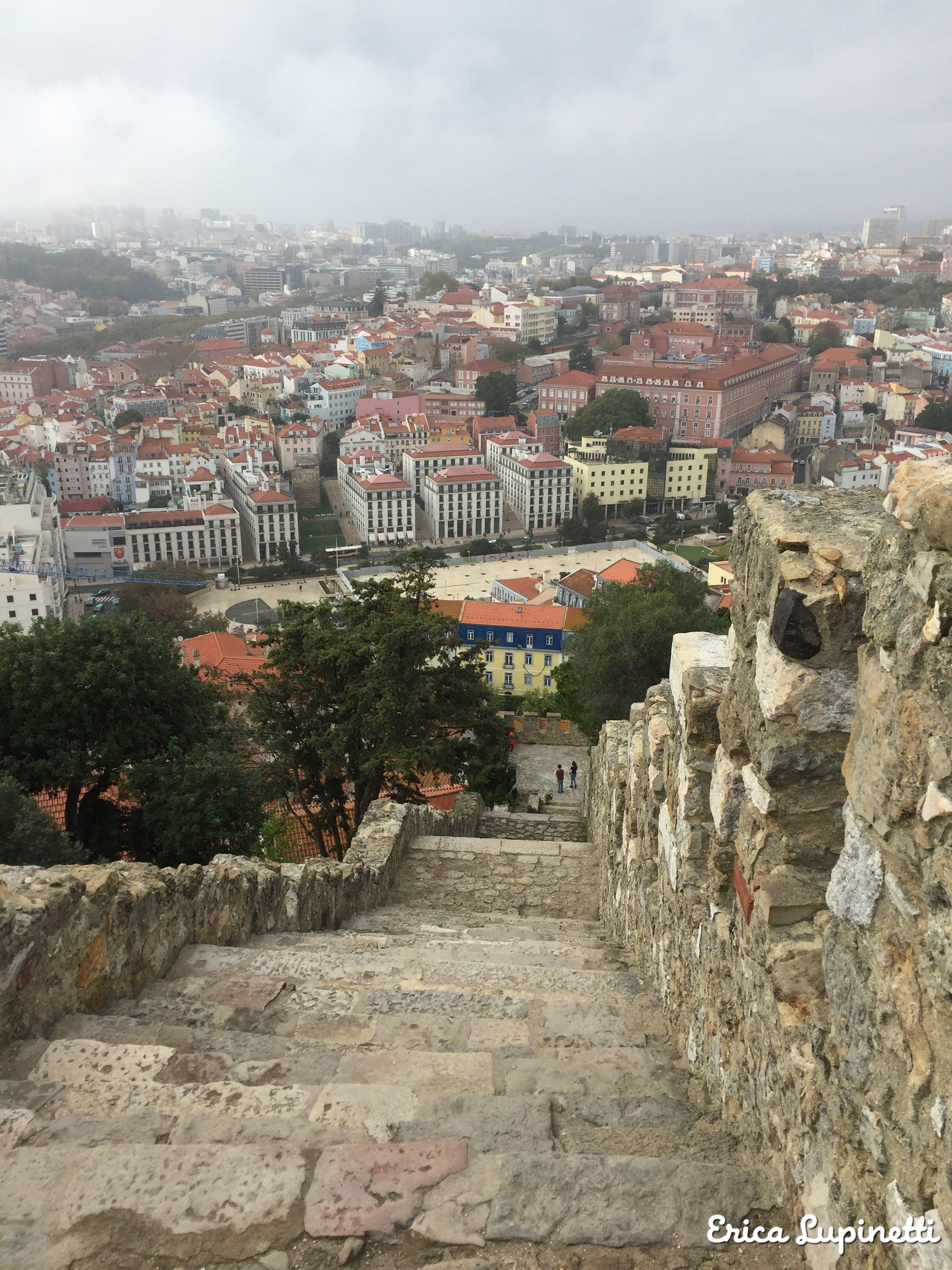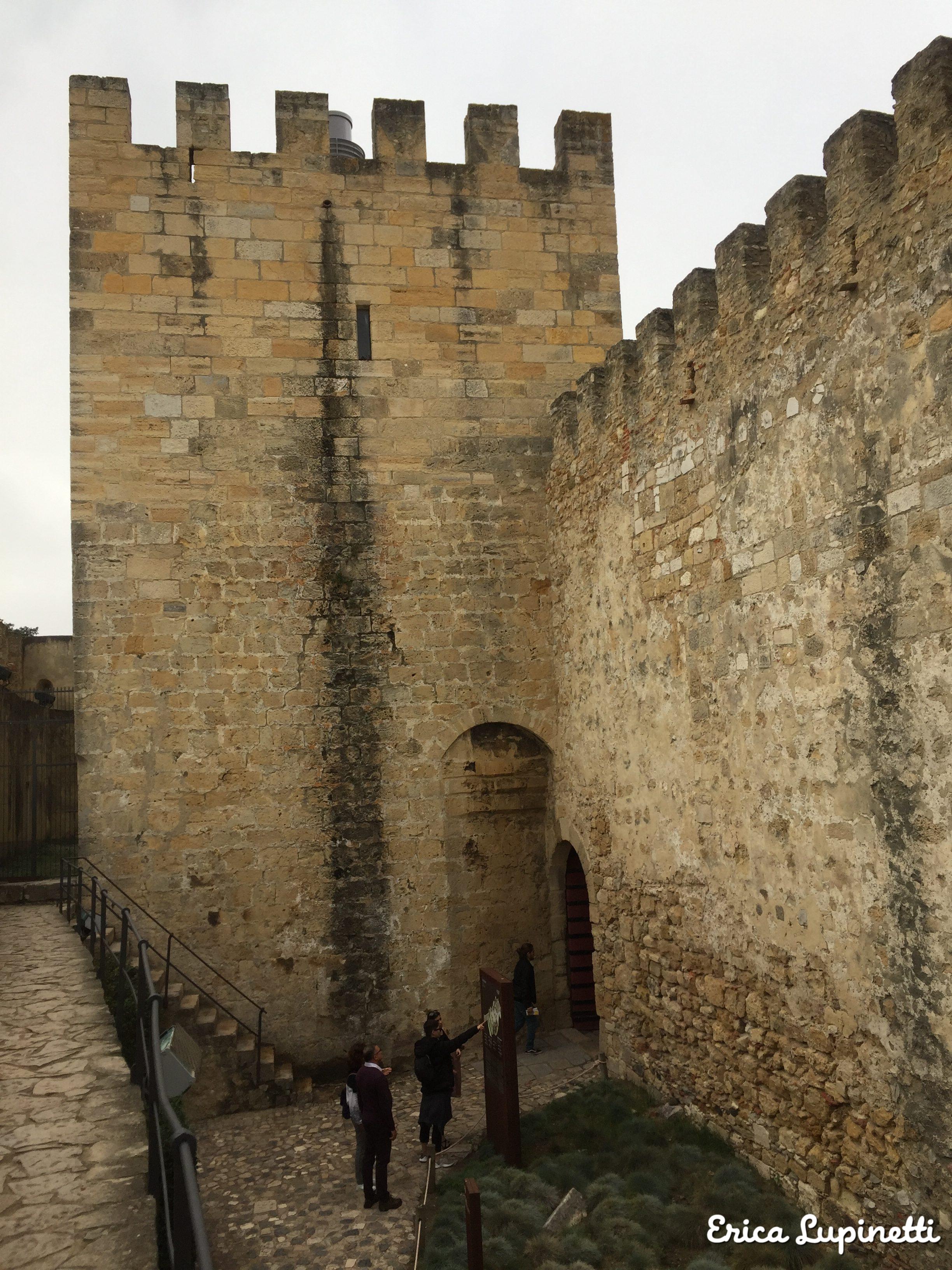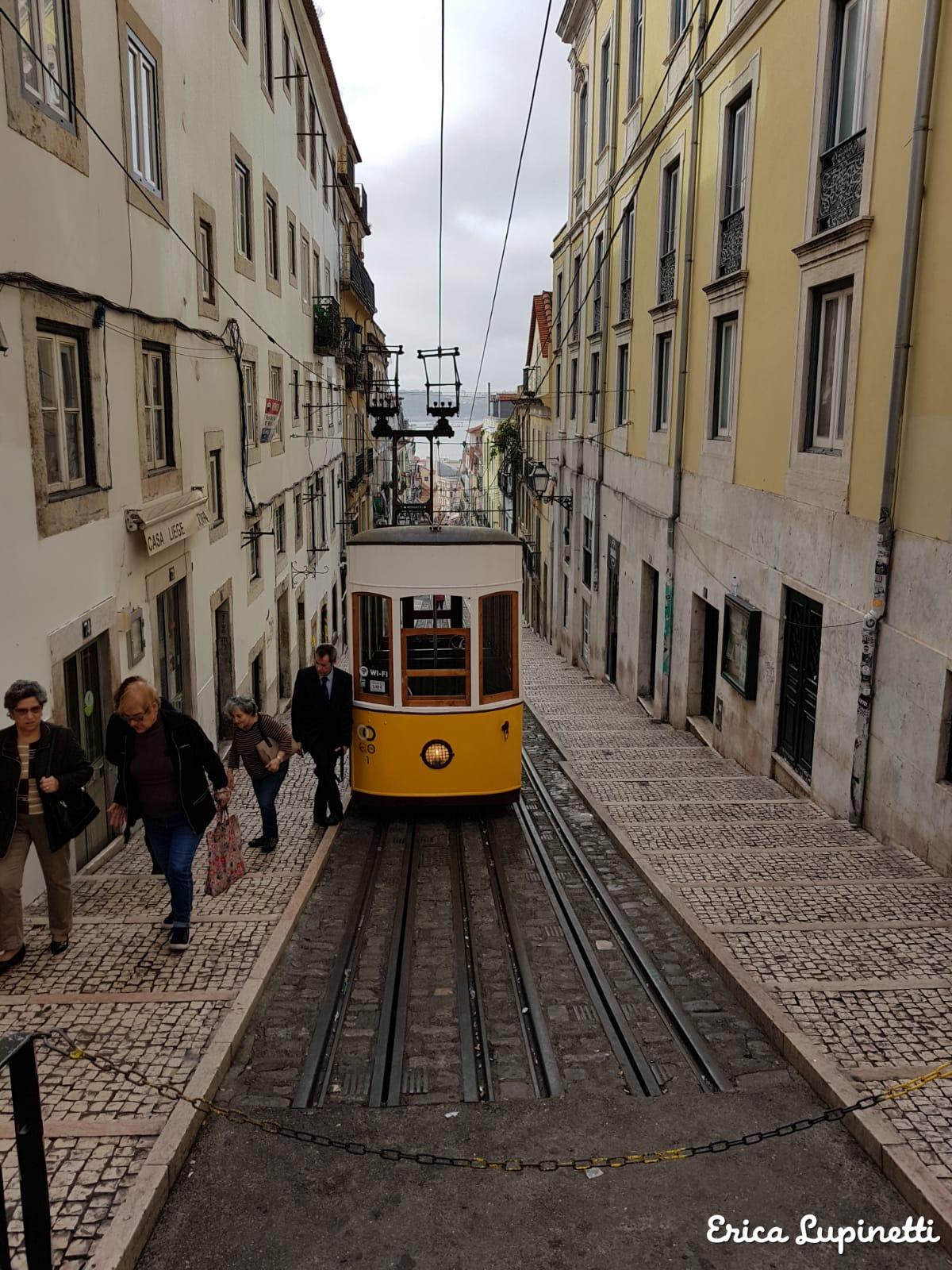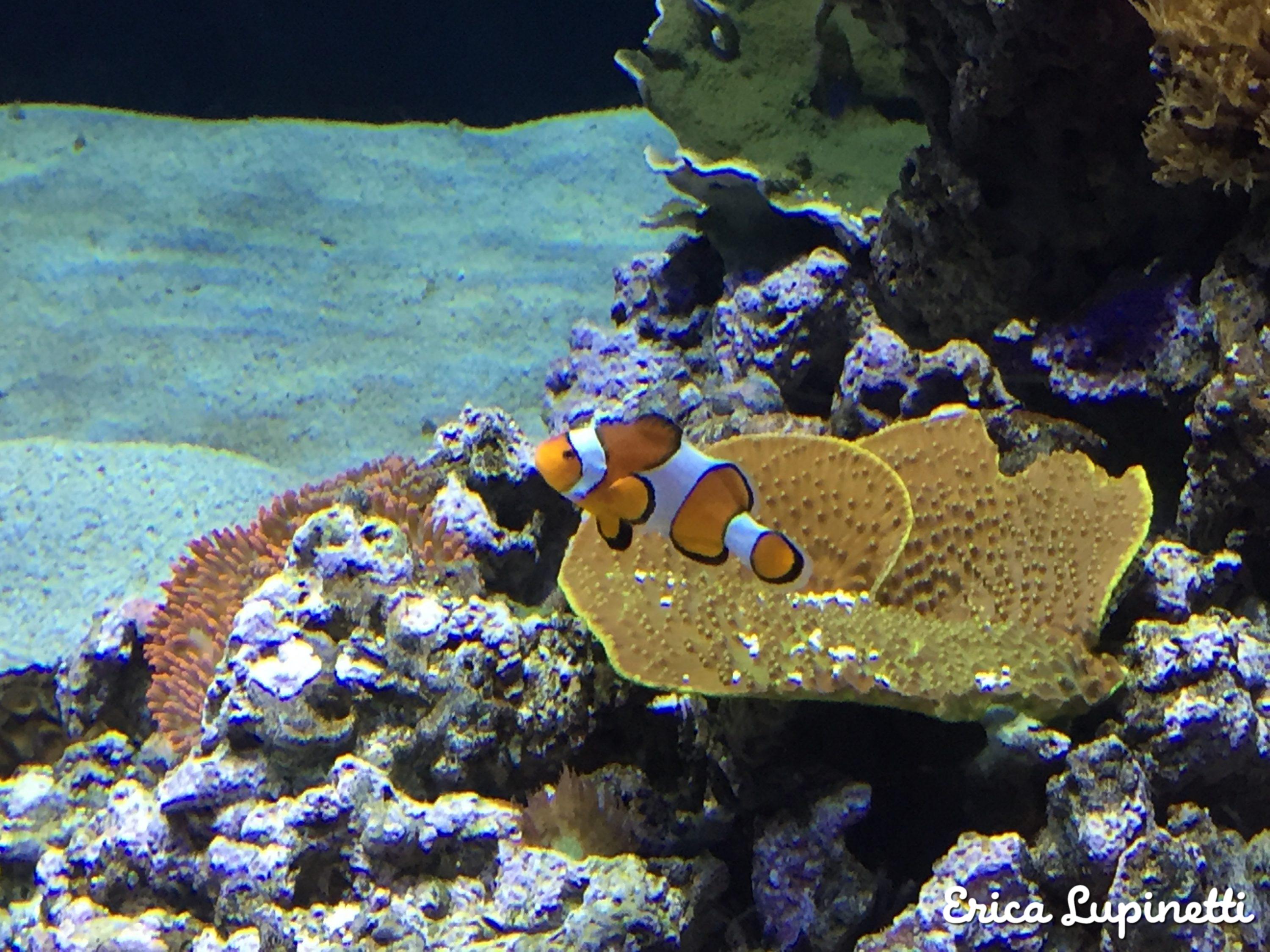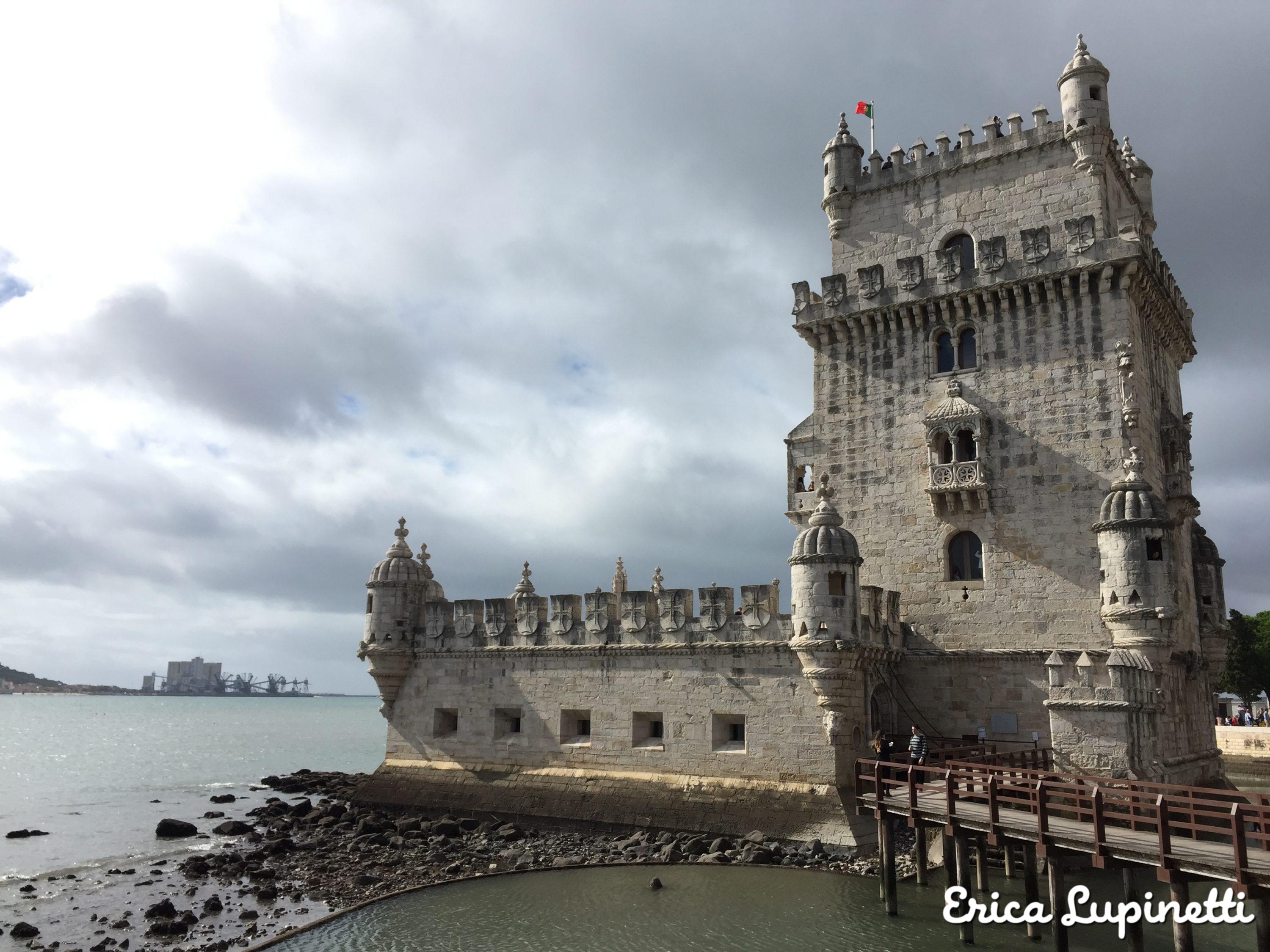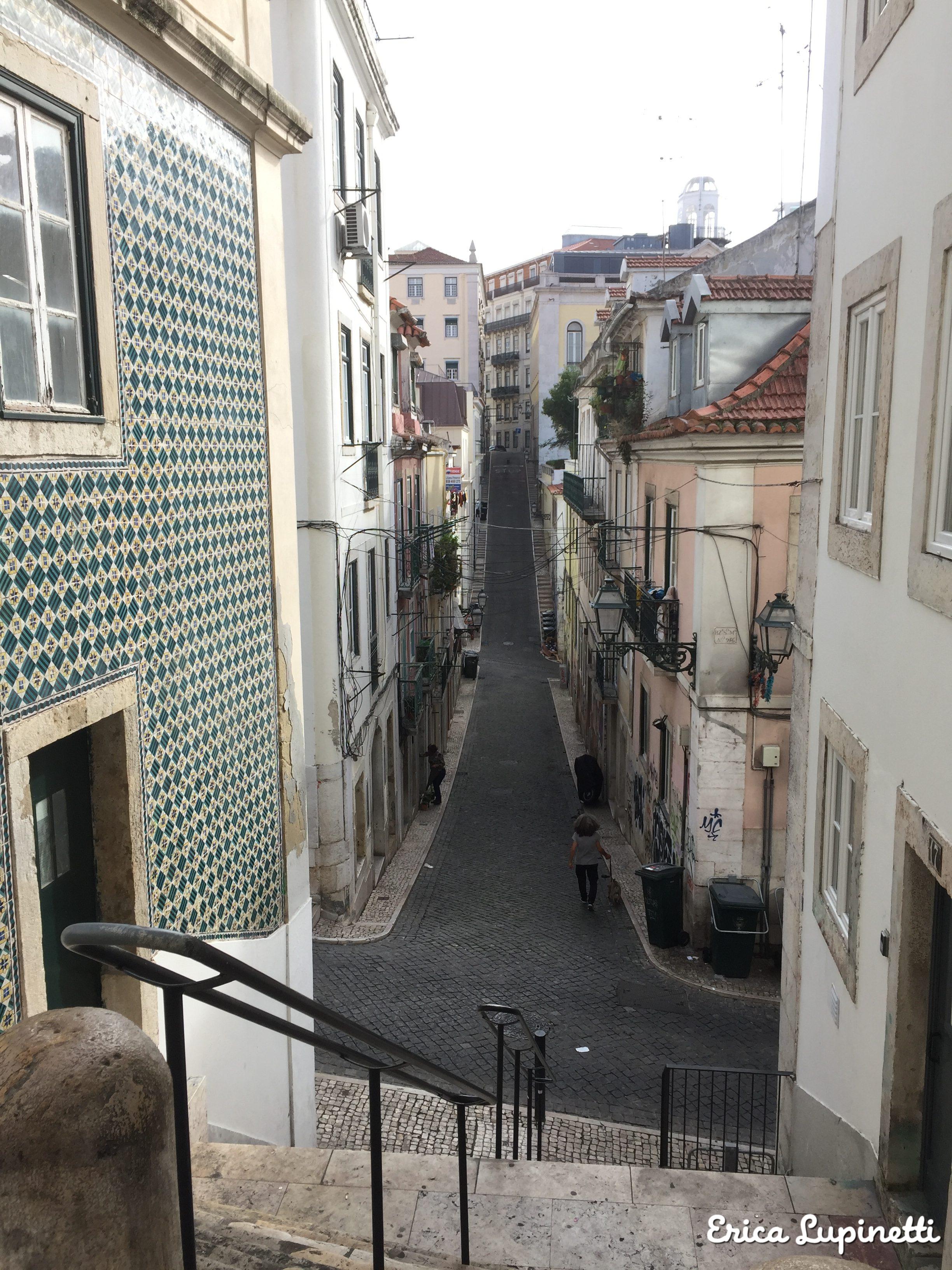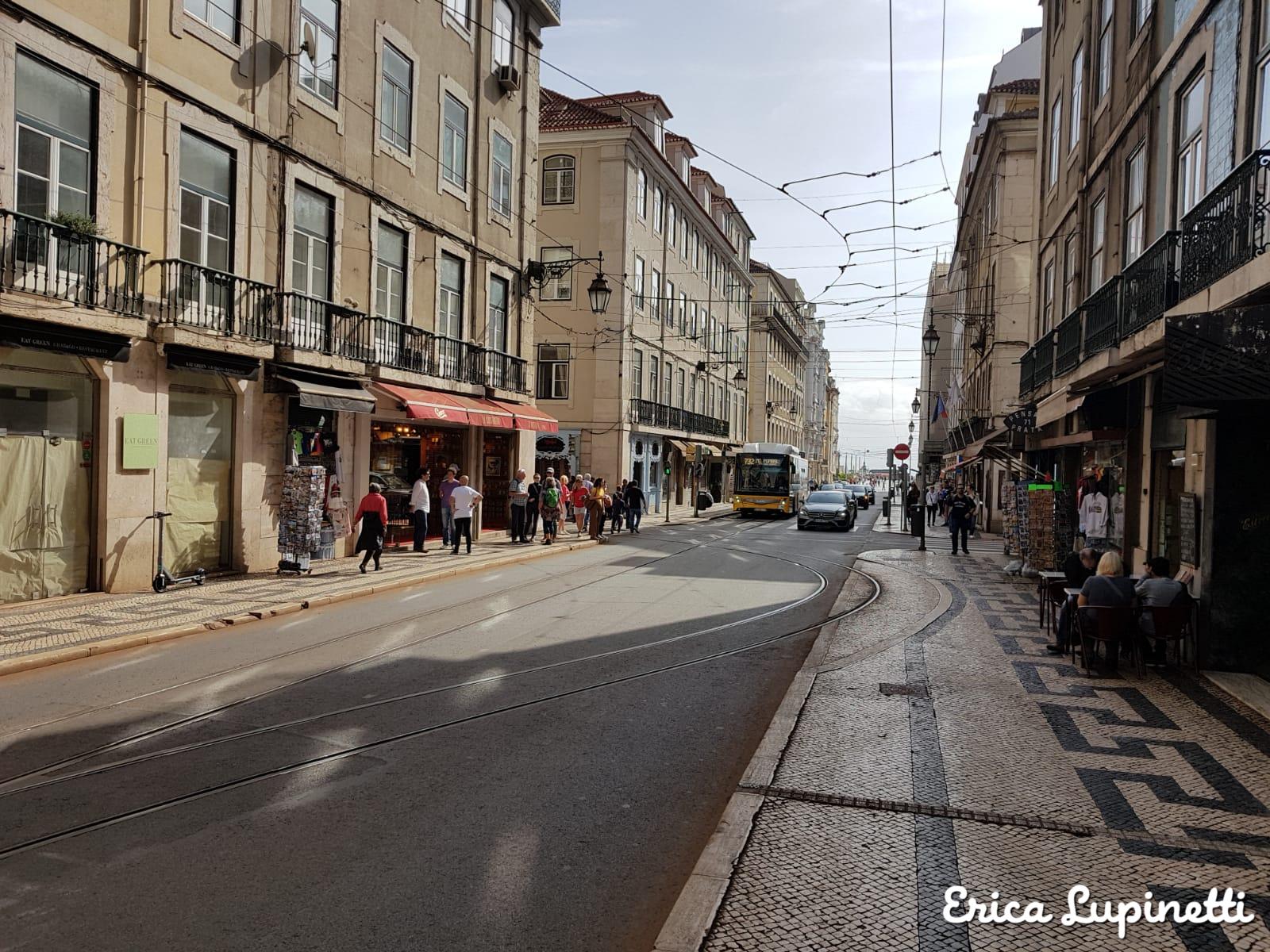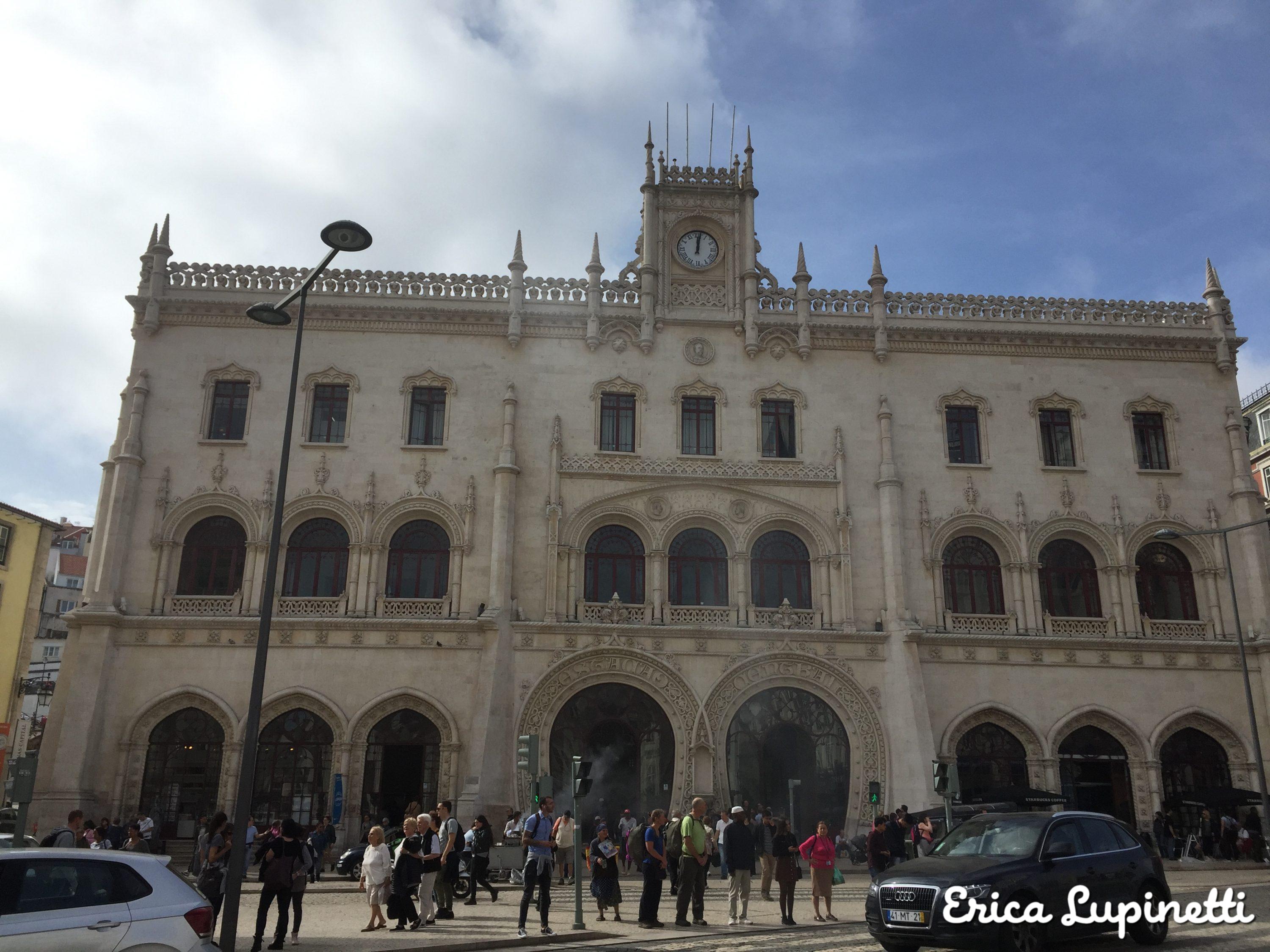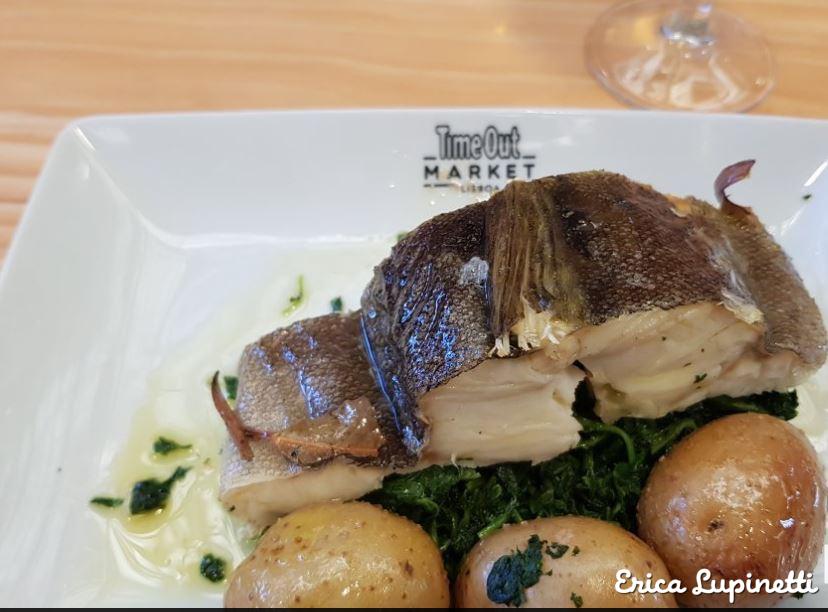Must-Do Attractions over a Weekend
Lisbon is the capital of Portugal and one of the most ancient cities of the world. It used to be occupied by Greeks and Phoenicians, then part of the Roman Empire, then pray of the Barbarians and then the Moors invasion, then retrieved by the “Reconquista” crusaders knights until Modern Age when Lisbon gradually became a globally important and populous cities in Europe attracting every year thousands of tourists who come here to for the famous coffee shops in the Barrio Alto selling the legendary Pastel de Nata, custard cream vanilla little tarts, or to listen to the melancholic Fado live music in the Alfada cobbled street.
According to the legend, Lisbon’s name origin is linked to its founder Ulysses. Lisbon’s name was written Ulyssippo in Latin and it was then adapted by Greeks as Olissipo; another theory is that its name traces back to Phoenician times from the word “Alis-Ubo” meaning “safe harbor”.
Let’s find out together the main city’s landmarks; a great way to explore this city so rich of things to see is to book a free guided tour to have a city centre overview. If you want to make the most of what the city has to offer, buy the Lisbon card for discounts on attractions and restaurants.
1. Wander in the Alfama district
Walking through the oldest neighbourhood of Lisbon, you will soon realize that it is better to enjoy this calm area without the help of the map. Its name has Arabic origins “Al-hamma” meaning “fountain or bath”. This used to be the biggest part of the city during the Muslim’s occupation. The Alfama it known to be the most picturesque but also the poor area of the city inhabited by fishermen. It also one of the area who better survived to the devastating earthquake who stroke Lisbon in 1755 due to the narrow compact maze of buildings and alleys. The area is very popular for nightlife and especially live Fado concerts, the typical Portuguese melancholic music played until late in the night in restaurants and squares. Many little squares reveal lovely views over the infinite ocean and the typical reddish roofs f the city. Take the time to sip some nice coffee and taste one of the local delicious pastries while planning the rest of your day ahead!
This district includes the Mouraria area too, the Moorish quarters, called in this way because after the catholic “Reconquista” this neighbor was mainly populated by Muslims living in old and traditional buildings.
The best “Miradores” of the area are the following terraces:
2. St. Jorge’s Castle: one of the best panoramic spots
This imposing medieval castle, is one of the main symbols of this beautiful city and can
be easily seen from everywhere in the city. Dominating one of the seven hills on which Lisbon is built, this castle was built originally on the 6th century and used for defensive purposes by the Romans, Barbarian tribes and the Moors. It was the residence of the king of the Moors until when Alfonso Henrique, the first king of Portugal, invaded it with the help of the Crusaders freeing Christian territories from the Muslim invasion. Its name derives from being dedicated to St. George, The patron saint of England in memory of a peace treaty between Portugal and England in 1371. The castle temporary became the royal palace until another one (that was destroyed during the 1755 Earthquake) was built in Comercio Square.Most of the castle was destroyed during the Grand Earthquake and it has been extensively refurbished during 20th century.
The complex includes today a small underground archaeological museum where Vasco de Gama was received by King Manuel in 1499, after his voyage to India and a restaurant replacing the king’s original chambers.
The castle is a quiet point of view with tourists admiring the ocean landscape, taking pictures from the 18 towers or along the ramparts or chilling out in the gardens with peacocks and and ducks.
3. Climb on the Panoramic Funiculars
One of the funniest way to explore the city is to take funiculars to climb over the steepest hills, a bit like in San Francisco. These colorful whistling old wooden trams will take you from a point A to a point B for around 3.50€ a ticket showing you the city from a higher point of view: to get on them is a bit of a climb itself having narrow and super steep steps not very suitable to elderly people or strollers. From the highest streets in the Barrio Alto is very beautiful to look down the railways while the little tram is moving towards the ocean: this unique view is probably the most photographed by tourists. Beware of taking the trams during high season: they are literally packed with photographers and you won’t find a seat nor see much of the city from the windows.
Here is a complete guide to funiculars explaining everything about the itineraries and prices.
Taking a funicular is a great way to feel and move like a local, but also watch people walking down the streets or sitting at oldstyled coffee shops, see many colorful and blue azulejos (light blue painted ceramic tiles) decorated palaces, walls and majestic churches.
4. The Oceanographic Museum: explore the Big Blue
The aquarium is situated in the Parque das Nações district, near the river Tagus estuary, which hosted the international Expo in 1998. This huge modern building is divided on two floors enclosing thousand of endangered species among fishes, amphibians, mammals and birds. It is the perfect trip for families but also for animal lovers who want to witness the carers feeding the animals at specific times: penguins, cuddling otters, free birds, sharks, corals and reefs and many more.
The 17€ ticket is totally well spent and will offer the occasion for a great day out when it rains for example making you aware of the efforts which have been made for animals’ conservation in their ideal habitats. The aquarium contains more than 5 millions liters of salty water and four marine habitats creating the illusion of one unique aquarium and ocean.
A magic experience not to miss and one of the best attractions in town attracting more than one million visit every year!
5. Bélem Tower
This white tower is one of main capital’s landmark, a symbol of the local pioneer spirit being Portugal the homeland to some of the most famous world’s navigators such as Vasco de Gama who departed for India in 1497 and Pedro Álvares Cabral who left for Brazil in 1499. This 6th century fortification built in limestone used to be the point of embarkation and arrival for Portuguese explorers and presents a mixture of architecture styles: from Gothic, Romanesque to Moorish. It was originally built as a defensive lighthouse to guard the entry to the harbor and protect the nearby monastery. The Belem tower is part of the UNESCO Heritage since 1983 together with the neighbor Jeronimos Monastery and represents Europe’s Age of Discoveries.
This site composed of a squared base bastion and a panoramic tower offering breathtaking views over the ocean. Come early if you want to avoid kilometers of queue or buy your tickets online.
Don’t forget to try the world renowned Pastel de Nata bakery in the neighborhood, the perfume of custard cream (and the visible queue) will guide you.
Check out one the free guided tour of the area if you want to know more about history and what to do!
6. The Monastery of Jeronimos
Probably the second biggest monument of Lisbon after the Belem tower, you will see buses full of tourists coming from all Europe to see from closer the white astonishing spire of this elegant and huge building. It was erected during 16th century in the typical Manueline Gothic style, representing the power and prosperity of Portugal coming from international spice trade with India and Africa and colonies.
The Manueline late Gothic style has some Renaissance features but it exalts the successful discoveries of the Portuguese navigators representing details of their travels and tales on limestone (maritime and botanical motives, elements from the sea, symbols of Christianity etc.) This style has been used on all sort of windows, arches, doors, furniture of churches, buildings and castles of that time.
Bring some water and a hat on hot days and expect queuing for a while if you haven’t pre-booked your tickets online.
7. Bairro Alto
The Bairro Alto, the”high district” is a mixed of residential and entertainment area, world known for its eccentric pubs and lively nightlife. During the day it is populated by tourists dragging their luggage up and down this insanely vertical and colorful cobbled streets or looking for a number of panoramic “miradores“, and during the night you can satisfy you appetites in many different little international or local restaurants followed by a classic live Fado concert or something more modern such as hardrock, punk, metal or commercial music or drink in one the city’s bohemian pubs or breweries. No matter your age or music taste you will find the perfect spot to feel home and enjoy some dink until morning.
The best panoramic views from this district can be seen from the following terraces:
8. Padrão dos Descobrimentos” or the Discoveries Monument
This white blinding monument orientated towards the ocean was built in 1939 by the Portuguese architect José Ângelo Cottinelli Telmo, and sculptor Leopoldo de Almeida, as a temporary watchtower during the Portuguese World Exhibition opening in June 1940. It features 33 statues representing navigators, explorers and sea captains who have marked the Portuguese discoveries history. Try to spot the legendary figures of Vasco de Gama, sent to the Indies and Henry the Navigator, discoverer of the Azores, and African territories.
9. Placa do Rossio and its “Ginjinha ” kiosques
Officially named Pedro IV Square, this square is the commercial and tourist center of the lower part of the city situated in between the Baixa commercial area and the Alfama hilly district. This spot used to be famous in medieval times for bullfighting and all sorts of shows. This a great spot to sit on the terrace in one of the many bars and restaurants to watch life going by, stroll in the sun on cobbled streets, explore the weekends local products markets where you can take make a quick lunch or a happy hour with local cured hams and sausages ending with one of the many local desserts.
You can carry on without trying the typical cherry based liquor called “Ginjinha”: these little kiosks are easy to find, follow the tourist queue, and they sell shots for 1.50€ with a couple of cherries inside! A must do tasting!
10. The Time Out Market
This covered market is a huge meeting of all the best Portugal has to offer in one place: you will find seafood specialties such as cod with potatoes, cod cakes, cured hams, fine local wines such as Porto, and pretty costly cheese and tapas menus. The place has become so famous that it is very hard to find a seat at lunch time so try to arrive early if you want to hear your voice while eating.
Restaurant and Bar recommendations
Here is a true gem for those with big appetites who want to experience local home-made food: Rosa da Rua is a small cosy restaurant in the Bario Alto that we found out walking in the silent alleys at dinner time and we found two seats by miracle. So book your table as soon as you can and get ready to try all sorts of main courses, soups and other delicacies lied on a all you can eat buffet for only 15€ per person. Drinks are not included, and unfortunately nor are desserts.
A lovely coffee shops where we took all our breakfasts was Pastélaria Oreon, an old-style traditional café that will make you want to stay for hours reading a book, observing people reading newspapers or planning the rest of the journey smelling the strong coffee aroma or buying all the fresh pastries!
Pavilhão Chinês it is a quirky place that can be described as a bar, a lounge, a museum where you can find all sorts of things you can usually stock in an old attic full of ancient objects: steam train models, war medals, helmets, portraits, hats, metal soldiers, old toys and books and much more. Cocktails cost around 8 to 9€ so average high to high price, but they are prepared with the highest precision by expert barman wearing long-tailed red jackets similar to soldiers uniforms. It was of those places that stay printed in your mind being unique and serving good-quality drinks in an unusual setting.
A great place for small hungers is Medrosa d’Alfama , a little tapas restaurants with terrace seats and a few tables inside from where you can watch the owner preparing the wooden “planchas” full of local different cheeses, hams, salami , anchovies etc. We waited 40 minutes before being able to enter, but it was worth for the nice vintage typical Lisbon interior decoration with vintage books, colourful tin anchovies boxes and the freshness of the local dishes.
Last but not least, we discovered by chance a Swiss lovely restaurant in the Barrio Alto called Bistro Edelweiss, where we had the impression of being in a wooden cabin on the Alps and we had the chance of tasting an amazing “fondue”, home-made soups and chocolate desserts. The chef is from Switzerland and the service is truly five stars. A particular good mention to the vast dessert choice and fantasy of the chef in creating them. The final note is handwritten on a rustic brown parchment and that adds the final touch and makes you aware you are in a refined place that truly cares for customer service and the quality of the served food. Bravo!
This post contains affiliate inks at no extra cost for you!




